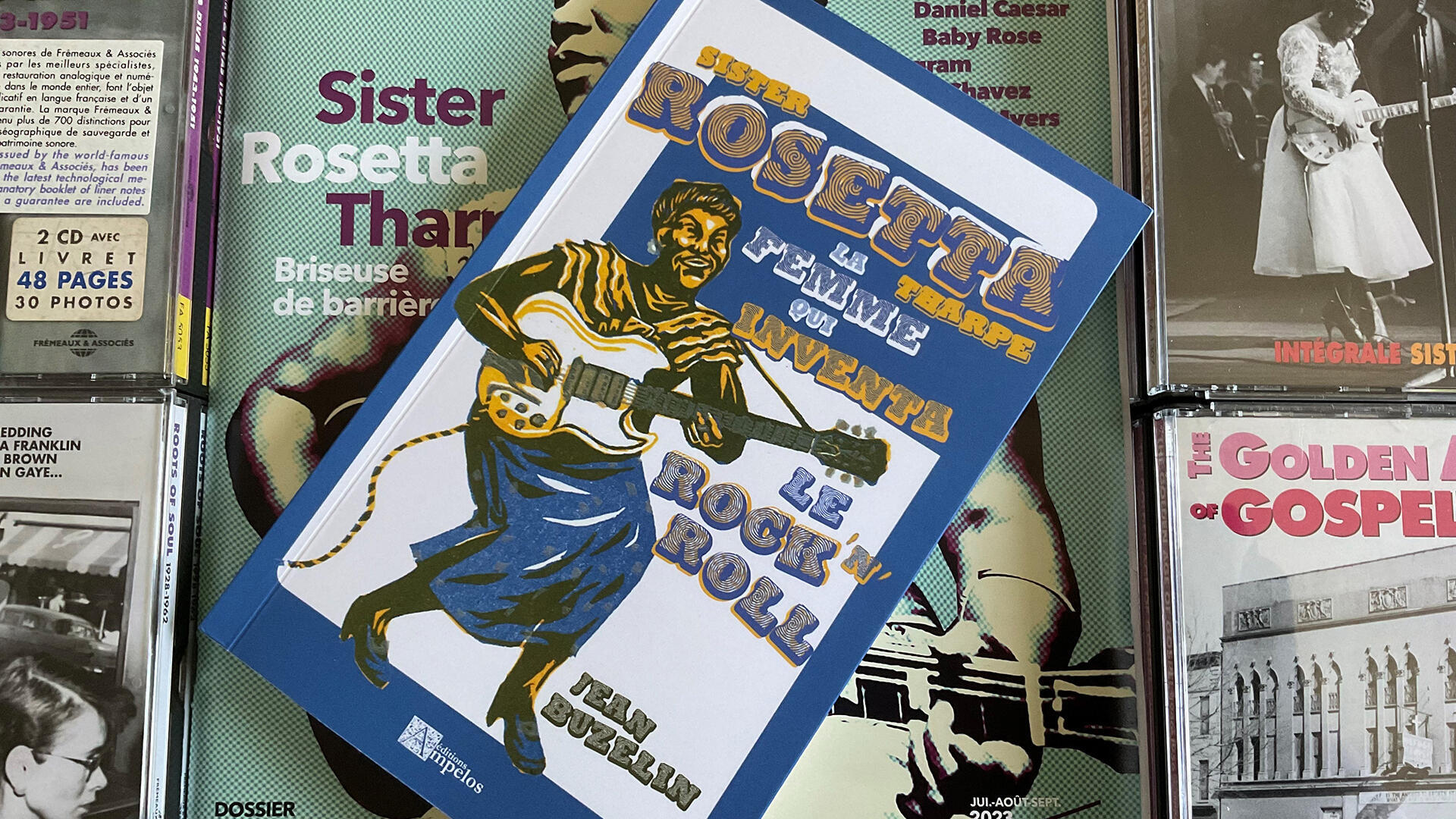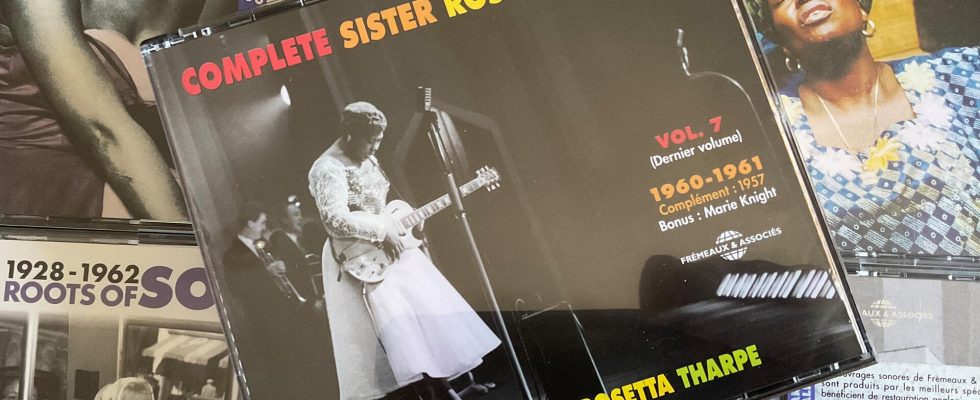50 years ago, on October 9, 1973, a pioneer died. Sister Rosetta Tharpe had grown up in church but her gospel culture went beyond the contours of a faith that was nevertheless sincere. His aspiration to break out of the box encouraged him very early on to play with other popular forms of expression. Armed with her electric guitar, she invented, without really realizing it, a musical genre that would revolutionize the American and, soon, global soundscape. She was, of course, not the only one, but her contribution to “The Epic of Black Music” is undeniable.
Sister Rosetta Tharpe was born on March 20, 1915 in a small town in Arkansas. The rural South of the United States is a region where segregation is sadly the norm. Religion is the only refuge for many oppressed black citizens. Young Rosetta grew up in this pious environment, lulled by hymns and spirituals. Her life could have been limited to a monastic daily life but her strength of character and her irresistible fervor led her on another path. In the heart of the 1920s, the African-American community sought an escape from the repeated bullying and humiliation imposed by the discriminatory Southern system. In the North, work opportunities are more numerous and the atmosphere less heavy. Katie Bell Nubin, Rosetta’s mother, decides to take the big step and moves to Chicago with her daughter.
This new setting and the frenzy of this bustling city left an impression on young Rosetta who not only heard the sermons of the local church but also the blues in the streets of the “South Side”, a very lively district of Chicago. This echo of secular music will have a certain impact on the young woman’s rebellious spirit. It is in New York that his destiny accelerates. She makes decisive encounters in this swinging megalopolis. His confidence and his strength of persuasion end up convincing Herman Stark, the boss of the Cotton Club, who offers him the opportunity to perform in this mecca of nascent jazz in the Big Apple. His notoriety increased and the first requests multiplied. Here with Cab Calloway, there with Lucky Millinder, the big orchestras are eager to welcome this impetuous singer and guitarist whose passion fascinates and challenges.

The church does not look kindly on this misguided flock who compromise themselves by participating in very unspiritual representations. Sister Rosetta Tharpe has nothing to do with these reproaches. His faith is intact and only his desire to flourish counts. His first recordings also reflect his daring mood. Rock Me in 1938 caused a sensation. We are not yet talking about “Rock’n’Roll” but this sustained tempo surprises and suggests a stylistic evolution towards “Rhythm’n’Blues”. Chaste ears are irritated by this musicality that the Lord disapproves of, but Sister Rosetta Tharpe drives the point home by performing alongside Boogie-Woogie pianist Sammy Price and singer Marie Knight. We are in the mid-1940s, the vigor of African-American music is just waiting for national media exposure so that rock can flourish. Elvis Presley made this possible 10 years later, but how can we not wonder about the heritage value of the first artisans of whom Sister Rosetta Tharpe was one of the essential faces.

50 years after her death, this free woman remains a model of tenacity and recklessness. His improbable story has been the subject of various publications, documentaries and musical shows. Our guest, Jean Buzelin, is the author of a biography entitled “ Sister Rosette Tharpe, the woman who invented Rock’n’Roll », published by Ampelos. He is also the architect of a 7-volume anthology available from Frémeaux & Associés.
⇒ Rosetta, the woman who invented Rock’n’Roll, by Jean Buzelin, Ampelos editions
